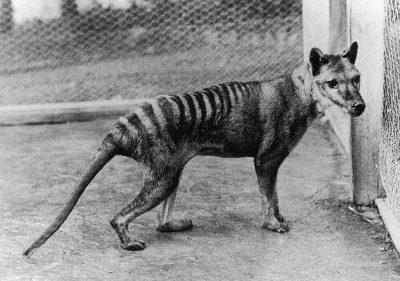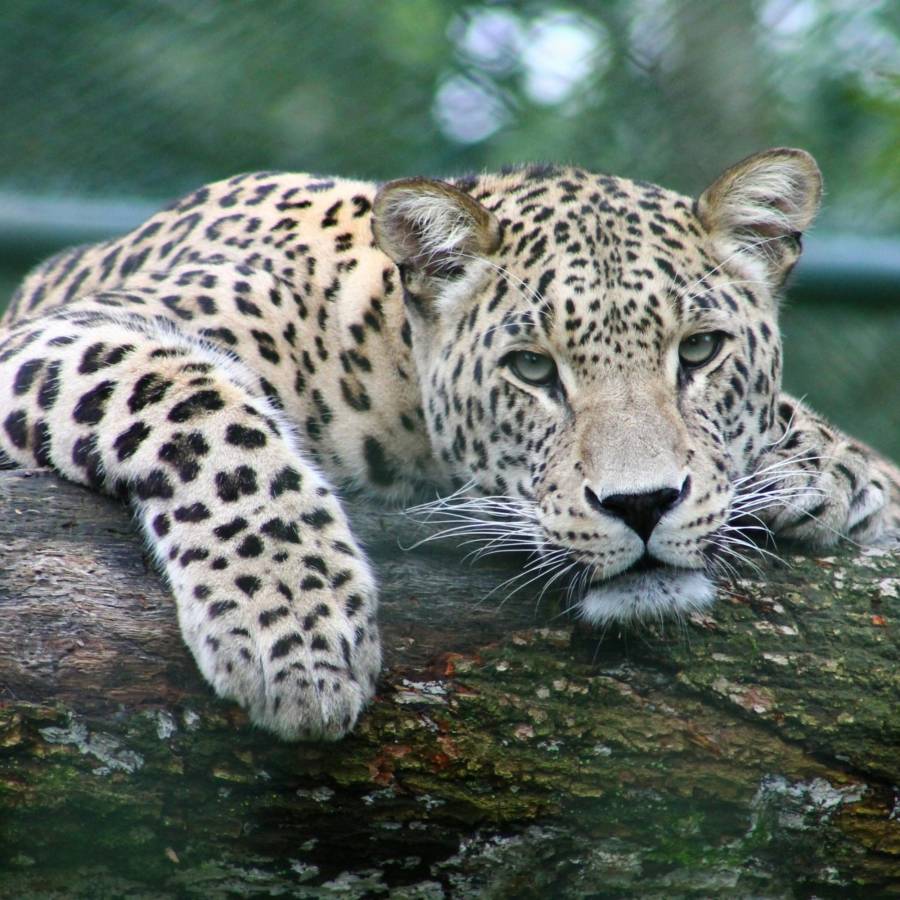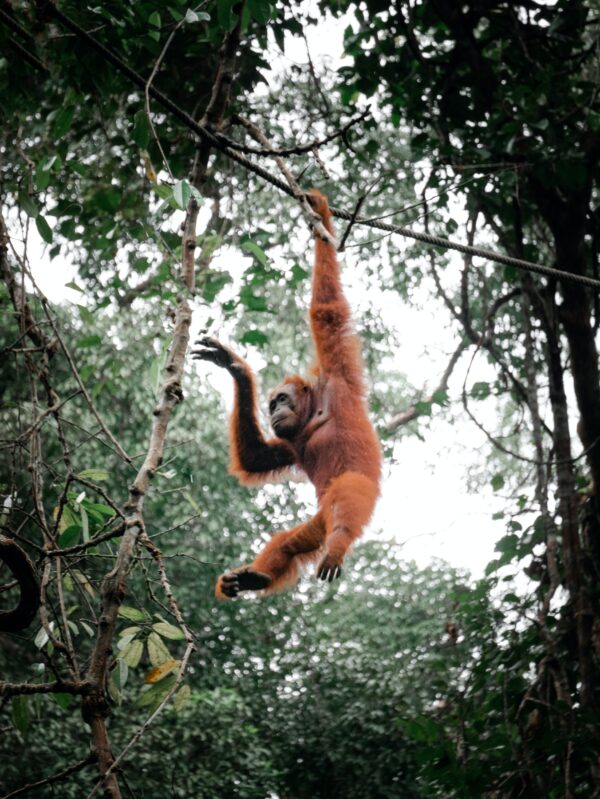It’s estimated that around 200 species go extinct each day. Some of these species we might not have even discovered in the first place! We must do all we can to reduce this number. If not for the animals, then for their important role in maintaining the ecosystems we live in. Learn more about some of these species that have become extinct below.
Dodo (Raphus cucullatus)
Ok, so we admit, you’ve probably heard of this one. It might be the first thing you think of when you think about extinct species.
The Dodo is a bird that was only found in the forests of Mauritius. It looked slightly bigger than a turkey, had a black beak and was covered in grey feathers. Whilst it had wings, they were very small and the Dodo was unable to fly at all.
How did it become extinct?
The Dodo became extinct in 1681. Sailors would bring species to the island that preyed on the birds and their eggs. Furthermore, because the bird wasn’t scared of humans, it was an easy hunting target.

Tasmanian Tiger (Thylacinus cynocephalus)
The Tasmanian Tiger, also known as a Thylacine, isn’t even a tiger at all! It is a marsupial (like Kangaroos and Koalas). They had brown/grey fur covered in dark stripes and little ears.
How did it become extinct?
In Australia, where these animals lived, they were treated as pests. This meant that humans tried to remove them from their land by setting traps. They were also impacted by the introduction of dogs as pets.

Passenger Pigeon (Ectopistes migratorius):
The Passenger Pigeon was once the most common bird in the world, with more than 3 billion alive in America, where they were found. When Passenger Pigeons made a noise, many people said it was deafening and could be heard from miles away.
How did it become extinct?
When the pigeons started eating crops, farmers began to kill them and use them for their meat. This practice quickly became popular, and when the number of birds became low, they were raised in captivity. However, they didn’t take well to captive care. The last known individual, Martha, died in captivity in 1914.






